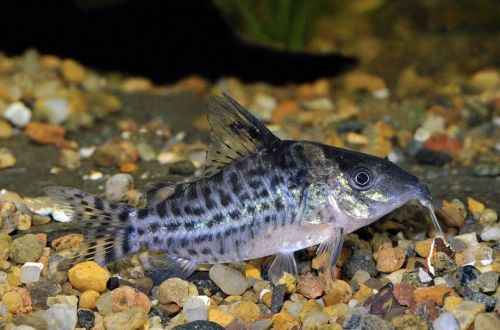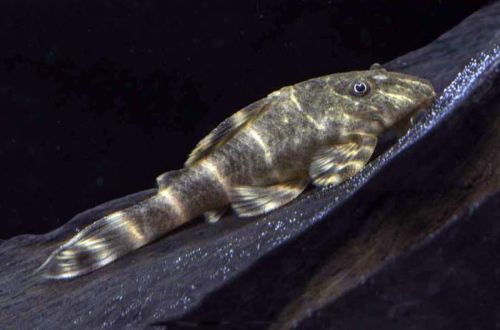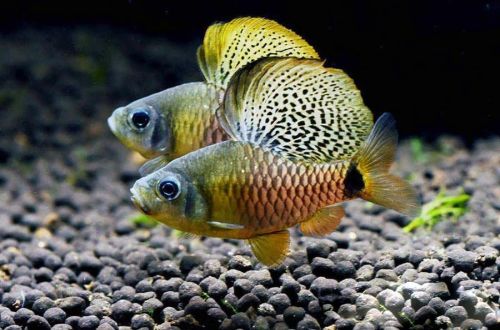
Corydoras Lamberti
Corydoras Lamberti or catfish Cory Lamberti, the scientific name Corydoras lamberti, belongs to the family Callichthyidae (Shelled or callichthy catfish). The fish was discovered in 1986 and was listed in catalogs for a long time under the identifier C009 until it received a scientific description prepared by Lambertus van Tuijl, after whom the catfish was named. In aquarium literature or in pet stores, this catfish is often found under its former number C009.

It comes from South America from the Marañon River basin from the Loreto region in northern Peru. This territory belongs to the Upper Amazon, which is precisely formed by the confluence of the Marañon with the Ucayali River.
Contents
Description
Adult individuals reach a length of about 5 cm. The body structure is similar to other Cori catfish – it looks massive, stocky, the scales have changed into plates resembling the armor of medieval knights. Unlike most relatives, the head is slightly elongated. The body pattern consists of black symmetrically arranged speckles on a silvery background, continuing on the tail. In general, the coloration appears gray.
Brief information:
- The volume of the aquarium – from 70 liters.
- Temperature – 20-26°C
- Value pH — 6.0–8.0
- Water hardness – soft (2-15 dGH)
- Substrate type – sand or gravel
- Lighting – moderate or bright
- Brackish water – no
- Water movement – light or moderate
- The size of the fish is about 5 cm.
- Food – any sinking food
- Temperament – peaceful
- Keeping in a group of 4-6 fish
Maintenance and care
The requirements for keeping Corydoras Lamberti are similar to those of other Cory catfish. It is considered an unpretentious fish that can adapt to various conditions if they are maintained within an acceptable range of temperatures and hydrochemical values, and also receive a balanced diet and are not attacked by other fish. Aquarium maintenance is standard and includes such mandatory procedures as weekly replacement of part of the water with fresh water, which can be combined with the removal of organic waste (food residues, excrement), equipment maintenance, etc.





